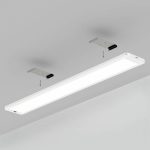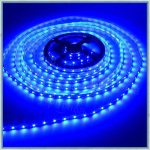Maximizing Yield: Growing Multiple Plants with 100W LED Light
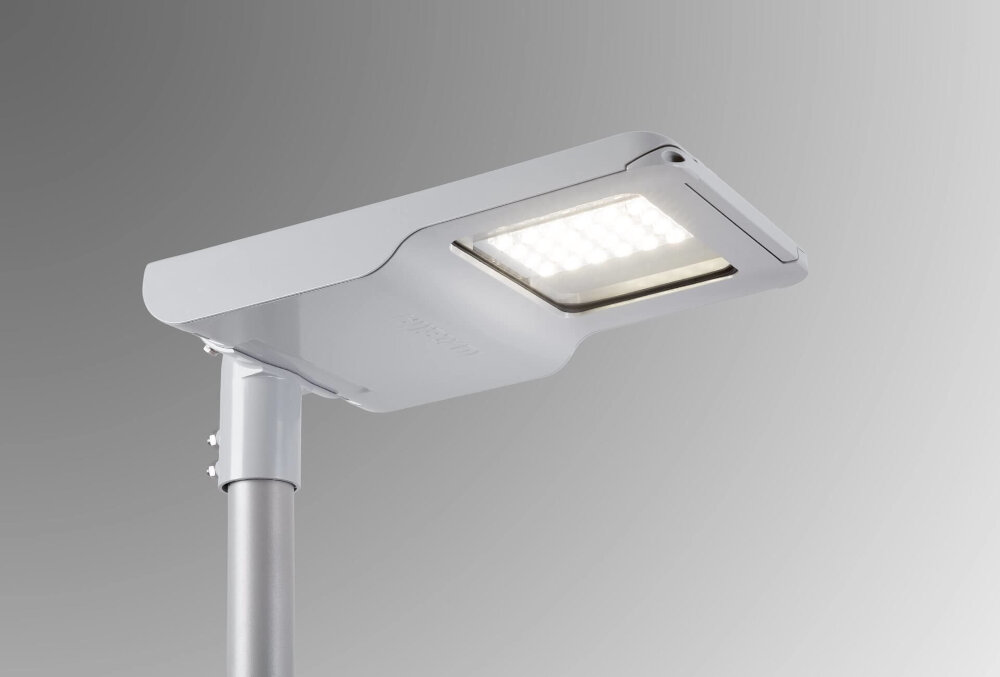
Maximizing yield is essential for any gardener or farmer looking to grow multiple plants with 100W LED light. One of the most effective ways to achieve this goal is by using modern technology such as LED grow lights. LED lights have revolutionized the agriculture industry, providing a more efficient and cost-effective way to grow plants in controlled environments. With the right setup, it’s possible to achieve optimal yield and growth rates using a 100W LED light, making it an excellent choice for those looking to grow various plants in a small space. The key to maximizing yield with a 100W LED light is to understand the science behind plant growth and how light affects it. Plants require specific wavelengths of light to grow and thrive, and LED lights can be customized to emit the ideal spectrum of light for each stage of growth. By using the right combination of red, blue, and white LED lights, you can ensure that your plants receive the right amount of light at the right time. With proper timing, intensity, and duration of light exposure, you can increase the photosynthetic rate, which leads to faster growth and higher yields. In this article, we will explore various tips and techniques on how to maximize yield when growing multiple plants using a 100W LED light.
Maximizing yield in indoor gardening is crucial as it determines the productivity of the garden. The yield is the amount of produce, such as fruits, vegetables, or flowers, that can be harvested from the plants. By maximizing the yield, indoor gardeners can ensure they are getting the most out of their time, effort, and resources. It allows them to produce more crops with the same amount of space and resources, creating a more efficient and sustainable garden. A higher yield also means more fresh and healthy produce for consumption, which can save money and promote a healthy lifestyle. Overall, maximizing yield is essential for indoor gardening success and can lead to a more productive and fruitful gardening experience.
For those looking to maximize yield when growing multiple plants, the use of a 100W LED light can prove to be a game changer. This type of lighting technology is known for its efficiency and longevity, making it an ideal choice for those looking to save on energy costs and invest in a long-term solution. With a 100W LED light, growers can expect to see healthier and more robust plants, thanks to the full spectrum of light that is emitted. Not only does this spectrum promote growth and flowering, but it also helps to reduce the risk of pests and diseases. With its compact size and low heat output, a 100W LED light can be used in a variety of growing environments, making it a versatile choice for any grower looking to boost their yields.
The purpose of the article \Maximizing Yield Growing Multiple Plants with 100W LED Light\ is to provide a comprehensive guide for indoor gardeners on how to increase their yield using a 100W LED light. The article explores the benefits of LED lights over traditional lights, such as their energy efficiency and longevity. It provides step-by-step instructions on how to set up the LED light, as well as tips on selecting the right type of plants, nutrients, and growing mediums. The article also discusses the importance of proper ventilation and the role of temperature and humidity in plant growth. Overall, the aim of the article is to help indoor gardeners optimize their growing conditions and achieve maximum yield with minimal effort.
Understanding 100W LED Lights
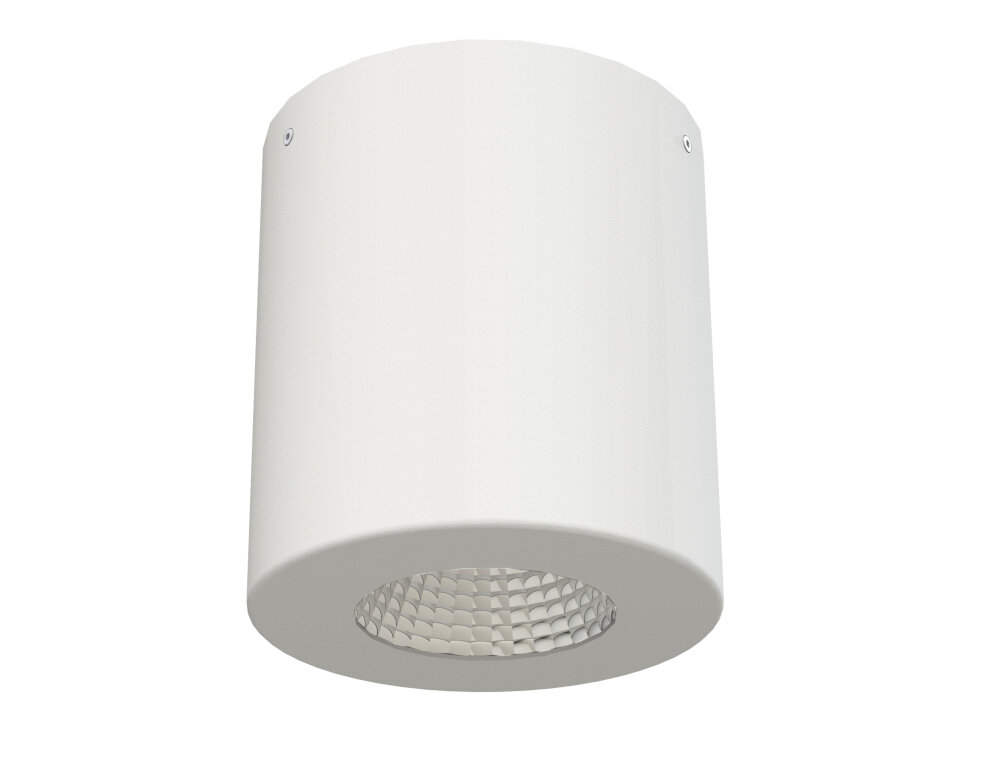
When it comes to growing plants indoors, lighting is one of the most important factors to consider. The invention of LED lights has revolutionized indoor gardening, providing a more energy-efficient and cost-effective way to grow plants. A 100W LED light is an excellent option for those who want to maximize yield while minimizing electricity costs. These lights are capable of providing the full spectrum of light that plants need to grow and thrive. They are also designed to emit very little heat, which means they can be placed close to the plants without damaging them. Understanding 100W LED lights is essential for anyone who wants to grow plants indoors. These lights are designed to be highly efficient, providing a high level of light output while using minimal energy. They are also much more durable than traditional light bulbs, with a lifespan of up to 50,000 hours. This means that they can be used for many years without needing to be replaced. Additionally, 100W LED lights are available in a range of sizes and shapes, which makes them suitable for a variety of indoor gardening setups. Whether you are growing plants in a small closet or a large room, there is a 100W LED light that will meet your needs.
LED lights, or Light Emitting Diodes, are a type of lighting technology that has gained immense popularity in recent years. Unlike traditional lighting systems, LEDs work by passing an electric current through a semiconductor material, which then emits light. This process is known as electroluminescence and is highly efficient, making LEDs an excellent choice for indoor gardening. The 100W LED light is a powerful option for those looking to maximize yield and grow multiple plants in a small space. With its low heat output and customizable spectrum, it provides a cost-effective and energy-efficient solution for indoor growers.
Using 100W LED lights for indoor gardening can provide numerous benefits for growers. One of the main advantages is energy efficiency, as LED lights use significantly less electricity compared to traditional high-pressure sodium (HPS) or metal halide (MH) lights. LED lights also produce less heat, reducing the need for additional cooling equipment and decreasing the risk of heat damage to plants. Additionally, LED lights can be tailored to emit specific wavelengths of light, allowing growers to customize the lighting spectrum to suit the needs of different plant species and growth stages. This can lead to faster growth, stronger stems, and higher yields. Overall, using 100W LED lights for indoor gardening can provide a cost-effective, energy-efficient, and customizable solution for maximizing plant growth and yield.
LED grow lights are a relatively new technology compared to other types of grow lights such as HID and fluorescent lights. One of the main differences between LED lights and other grow lights is their energy efficiency. LED lights consume less energy and produce less heat, which makes them more cost-effective and safer to use. Additionally, LED lights have a longer lifespan compared to other grow lights, which means they can be used for longer periods of time before needing replacement. LED lights also offer a wider spectrum of light that can be customized to meet the specific needs of different plants. This feature allows growers to tailor the lighting to their plants’ growth stages and maximize their yield. Overall, LED grow lights are a superior option for indoor gardening due to their energy efficiency, longer lifespan, and customizable spectrum of light.
Factors Affecting Plant Growth

Plant growth is a complex process that is influenced by a variety of environmental and biological factors. Some of the most significant factors affecting plant growth include light availability, temperature, soil nutrients, water availability, and the presence of pests and diseases. For growers using a 100W LED light to maximize yield, it is important to understand these factors and how to optimize them for optimal plant growth. One of the most important factors affecting plant growth is light availability. Plants require light to carry out photosynthesis, which is the process by which they convert light energy into chemical energy that fuels their growth and development. LED lights are an effective way to provide plants with the light they need, but it is important to ensure that the light intensity and spectrum are appropriate for the type of plant being grown. In addition, growers should be mindful of the duration and timing of light exposure, as well as any potential heat buildup from the light source. By carefully managing light availability, growers can maximize yield and promote healthy plant growth.
Plant growth is a complex process that is influenced by several factors. One of the most critical factors is light, which is essential for photosynthesis, a process that allows plants to convert sunlight into energy. The intensity, duration, and quality of light are all crucial factors that affect plant growth. Water is another essential factor that is necessary for plant growth. It plays a vital role in the transport of nutrients, photosynthesis, and cell expansion. Nutrients such as nitrogen, phosphorus, and potassium are also critical for plant growth. These nutrients are essential for the production of proteins, enzymes, and other essential molecules that support plant growth. Finally, temperature is also an important factor that affects plant growth. Plants grow best within a specific temperature range, and deviations from this range can have significant impacts on growth and yield.
To maximize yield when growing multiple plants with a 100W LED light, several factors can be optimized. Firstly, the light cycle should be adjusted to match the specific needs of each plant type. Some plants require more light than others, and adjusting the light cycle can ensure that each plant is receiving the appropriate amount of light. Secondly, temperature and humidity levels should be carefully monitored and controlled to create an optimal growing environment. This can be achieved through the use of fans, heaters, and dehumidifiers. Thirdly, nutrient levels should be carefully balanced to ensure that each plant is receiving the appropriate amount of nutrients. This can be achieved through the use of high-quality soil, fertilizer, and other supplements. Finally, regular pruning and trimming can be used to maximize yield by encouraging the growth of healthy, robust plants. By optimizing these factors, growers can maximize their yield and achieve the best possible results when growing multiple plants with a 100W LED light.
When it comes to maximizing yield while growing multiple plants with 100W LED lights, there are some specific tips that can be helpful. Firstly, it is important to ensure that the light is positioned in a way that evenly covers all of the plants, without any hotspots or shadows. Secondly, the distance between the plants and the light should be carefully adjusted to ensure optimal light intensity without causing any damage to the plants. Proper ventilation and air circulation can also be important factors in optimizing growth, as well as providing the appropriate nutrients and watering schedule. By paying attention to these factors and making adjustments as necessary, growers can help to ensure that their plants thrive and produce the maximum yield possible with 100W LED lights.
Choosing the Right Plants
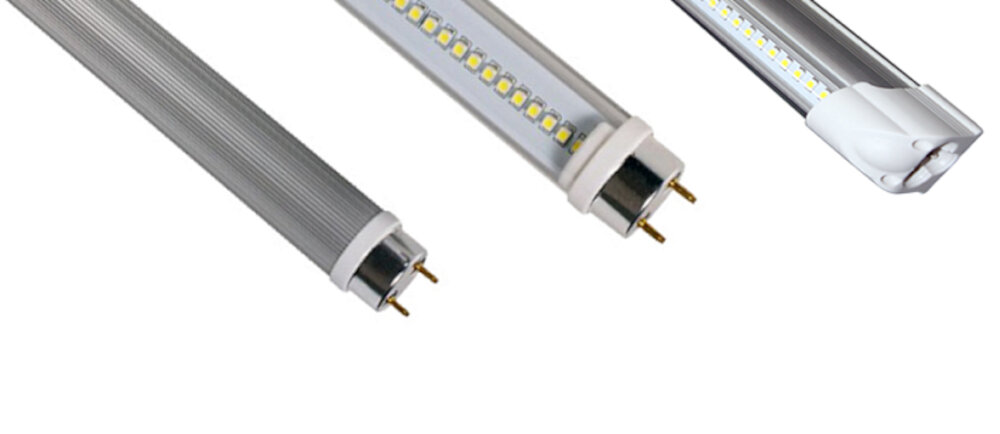
When it comes to maximizing yield and growing multiple plants with a 100W LED light, selecting the right plants is crucial. The first step is to determine which plants are suitable for indoor growing and can thrive under artificial lighting. Some plants that are well-suited for indoor growing include herbs, lettuce, tomatoes, and peppers. These plants have a shorter growth cycle and can tolerate lower light levels, making them ideal for indoor cultivation. Another important factor to consider when choosing plants is their growth habits. Some plants, such as tomatoes and peppers, require support structures to prevent them from falling over as they grow. Other plants, such as herbs and lettuce, can grow vertically without support. It’s essential to select plants that will fit within the available space and can be accommodated by the support structure, if necessary. By selecting the right plants, growers can maximize yields and ensure that their indoor garden is a success.
Choosing the right plants for indoor gardening is crucial to ensure a successful and fruitful harvest. Different plants have varying lighting, temperature, humidity, and nutrient requirements, and selecting the appropriate ones can make all the difference. Some plants, like herbs and leafy greens, thrive in low light conditions and require minimal maintenance, while others, such as fruiting plants like tomatoes and peppers, need more intense light and regular pruning. Additionally, choosing plants that are well-suited for indoor growing environments can help maximize yield and minimize the risk of pests and diseases. Therefore, it is essential to carefully research and select the right plants for indoor gardening to achieve the best possible results.
When it comes to indoor gardening using LED lights, choosing the right kind of plants is essential for maximizing yield. Some of the plants that are well-suited for growing with 100W LED lights include leafy greens like lettuce, spinach, and kale. These plants require less light and can be grown in small spaces. Herbs such as basil, parsley, and cilantro are also perfect choices as they can thrive in low to medium light conditions. Other plants that can be grown with 100W LED lights include succulents, peppers, and tomatoes. It is important to note that different plants have different light requirements, so it is crucial to do some research before deciding which ones to grow with LED lights.
Choosing the right plants is crucial when growing with a 100W LED light to maximize yield. Plants like lettuce, spinach, and herbs are a great choice as they do not require intense light and can thrive in indoor conditions. These plants also have a short growing cycle and can be harvested multiple times throughout the year, allowing for a continuous supply of fresh produce. To care for these plants, ensure that they are receiving enough water and nutrients, and monitor the temperature and humidity levels in the growing area. Regular pruning and harvesting will also encourage new growth and increase yield. With proper care, these plants can provide a bountiful harvest and a sustainable source of fresh produce.
Tips for Maximizing Yield
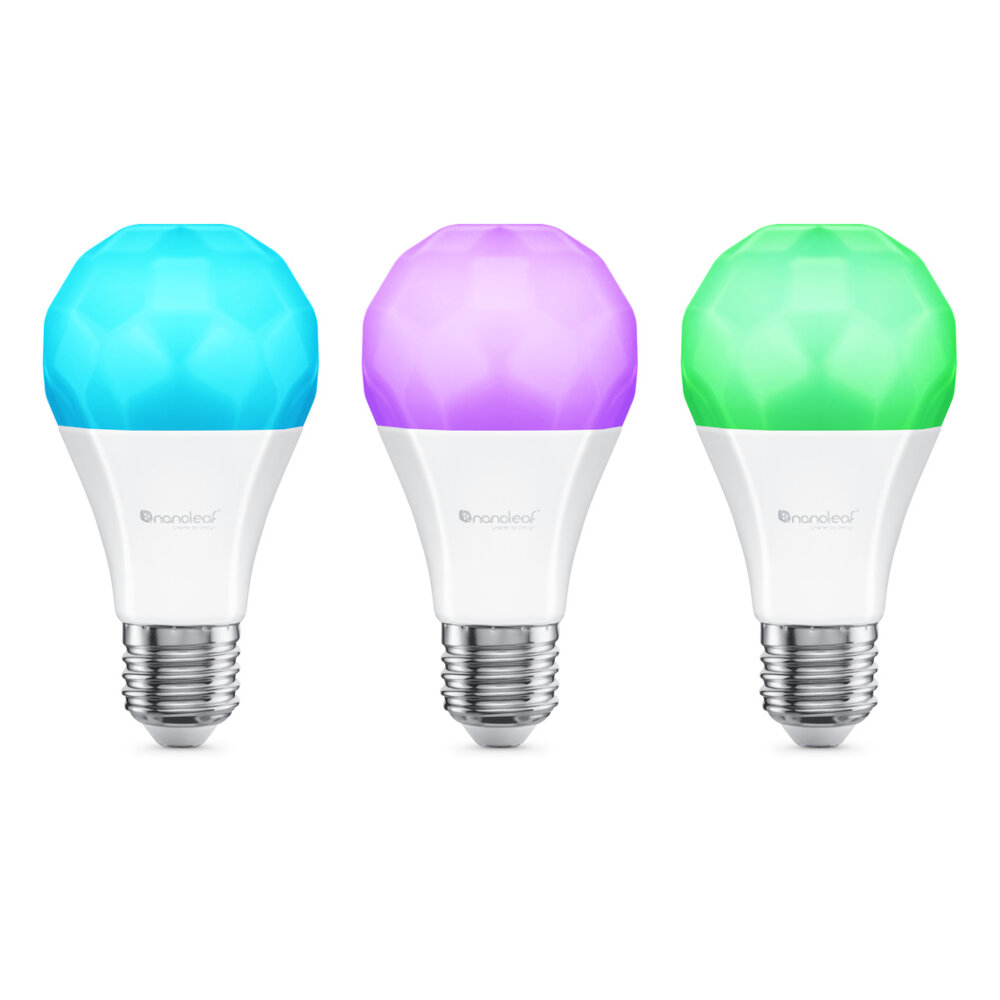
When it comes to maximizing yield in growing multiple plants with a 100W LED light, there are several tips to keep in mind. Firstly, it is important to choose the right strain of plants that will thrive under the LED light. Some strains are better suited to LED lights than others, so it is important to do your research before selecting the plants you want to grow. Secondly, it is important to maintain the proper temperature and humidity levels for your plants. Too much humidity can lead to mold and mildew, while too little can cause your plants to dry out. Similarly, if the temperature is too high or too low, your plants may not grow as well as they should. Lastly, it is important to ensure that your plants receive the proper nutrients throughout their growth cycle. This can be achieved through regular fertilization and the use of nutrient-rich soil. Another way to maximize yield when growing multiple plants with a 100W LED light is to utilize various training techniques. One popular method is known as \low stress training,\ which involves gently bending and tying down the branches of your plants to encourage them to grow wider and produce more buds. Another technique is known as \topping,\ which involves cutting off the top of the plant to encourage the growth of multiple colas (flowering sites). Additionally, \defoliation\ can also be used to maximize yield. This involves removing some of the leaves from your plants to allow more light to penetrate the lower branches and encourage the growth of larger buds. By utilizing these training techniques in conjunction with proper strain selection, temperature and humidity control, and nutrient management, you can significantly increase the yield of your plants grown under a 100W LED light.
When growing multiple plants with 100W LED lights, there are several tips that can help maximize yield. Firstly, ensure that the plants are spaced out evenly to ensure that each receives an equal amount of light. Secondly, adjust the height and angle of the lights so that they are at the optimal distance and angle for the plants. Thirdly, consider using reflective material to increase the amount of light that reaches the plants. Fourthly, monitor the temperature and humidity levels in the grow space to ensure that they are within the optimal range for the plants. Finally, use high-quality nutrients and fertilizers to provide the plants with the necessary nutrients for growth. By following these tips, growers can maximize yield and achieve healthy, thriving plants.
Monitoring plant growth is crucial for maximizing yield when growing multiple plants with 100W LED light. By keeping track of the growth rate and health of the plants, adjustments can be made to ensure optimal growth conditions are maintained. This includes monitoring and adjusting the temperature, humidity, and nutrient levels to provide the ideal environment for the plants to thrive. Making these adjustments can help prevent nutrient deficiencies or excesses, which can lead to stunted growth, disease, or even death of the plants. In addition, monitoring plant growth can help identify any potential pest or disease problems early on, allowing for quick action to be taken to prevent further damage. Overall, monitoring plant growth is a critical component of successful plant cultivation, and can ultimately lead to higher yields and healthier plants.
When harvesting plants, it is important to do so at the proper time to maximize yield and flavor. For leafy greens, such as lettuce or kale, pick the outer leaves as they mature, leaving the center intact to continue growing. For fruits and vegetables, such as tomatoes or peppers, wait until they are fully ripened and slightly firm to the touch before picking. Once the plants are harvested, they should be washed thoroughly to remove any dirt or debris. Leafy greens and herbs can be dried in a salad spinner or on a clean towel. Fruits and vegetables can be stored in the refrigerator or used immediately in recipes. By following these simple steps, you can ensure that your harvested plants are fresh and flavorful, and that you are getting the most out of your grow light.
The article \Maximizing Yield Growing Multiple Plants with 100W LED Light\ discusses how to grow multiple plants with a 100W LED light in order to maximize yield. The author suggests using a combination of techniques such as pruning, training, and spacing the plants properly in order to ensure that each plant receives adequate light and nutrients. The article emphasizes the importance of choosing the right type of LED light and using it in the right way, as well as monitoring the plants closely to ensure they are growing properly. Overall, the article provides valuable insights and tips for anyone looking to maximize their yield when growing multiple plants with a 100W LED light.
Using 100W LED lights for indoor gardening has numerous benefits. Firstly, LED lights are energy-efficient and consume less electricity than other types of lighting, resulting in lower energy bills. Secondly, LED lights emit less heat than traditional grow lights, reducing the risk of plant damage or burning. Thirdly, 100W LED lights can provide a full spectrum of light, which is beneficial for plant growth and can result in a higher yield. Additionally, LED lights have a longer lifespan than traditional grow lights, meaning less maintenance and replacement costs. Overall, using 100W LED lights for indoor gardening is a cost-effective and efficient way to maximize yield and promote healthy plant growth.
Growing plants with 100W LED lights can be a great way to maximize your yield, and it’s worth trying out if you want to grow multiple plants at once. The benefits of LED lights are many: they’re energy-efficient, long-lasting, and have a spectrum of light that’s ideal for plants. With a 100W LED light, you can easily grow several plants at once, whether you’re growing herbs, vegetables, or flowers. Plus, the compact size of LED lights means you can set up a grow space almost anywhere in your home. So if you’re looking to take your gardening to the next level, give growing multiple plants with 100W LED lights a try. You might be surprised at just how much you can grow!
Conclusion
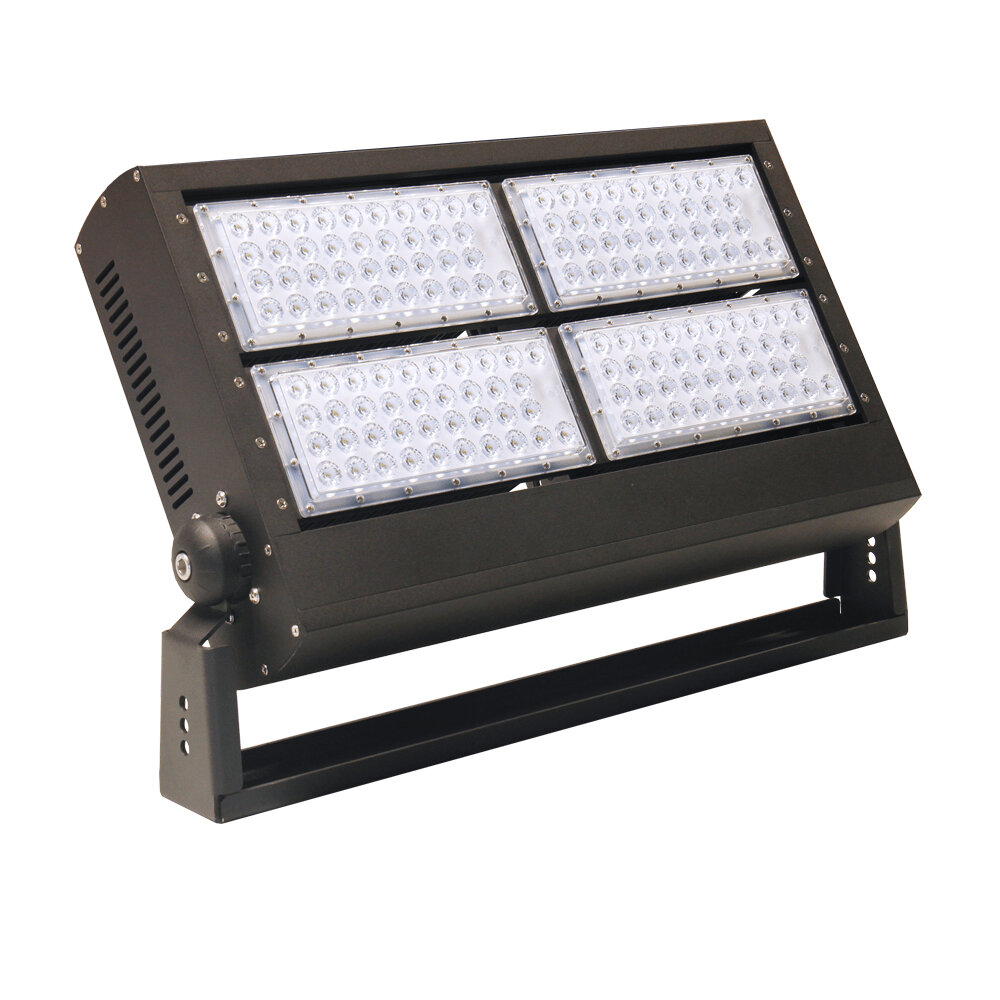
In conclusion, growing multiple plants with a 100W LED light is an efficient and cost-effective way to maximize yield. The use of LED lights can provide a consistent light source that promotes healthy growth and increases yields. However, it is important to consider factors such as the type of plants being grown, the distance between the plants and the light, and the duration and intensity of the light exposure. With proper planning and execution, growers can achieve optimal results and increase their overall productivity. It is clear that LED lights have revolutionized the way we grow plants, and their benefits are too great to be ignored. By taking advantage of this technology, growers can improve their operations and take their yields to the next level.

